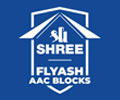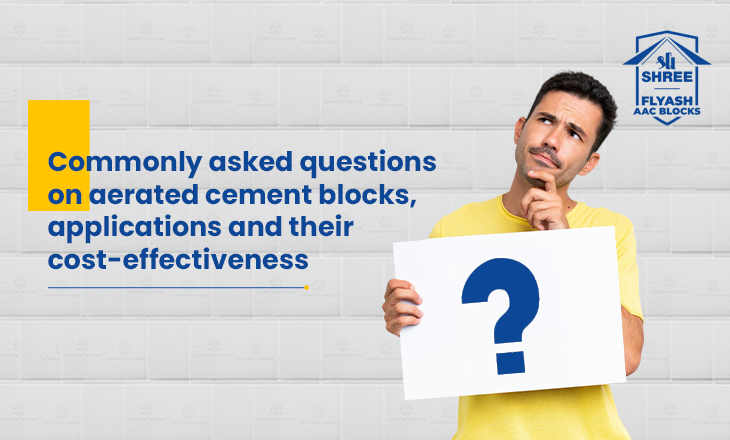Flyash AAC Blocks are the construction industry’s modern and sustainable take on the conventional red clay bricks. Flyash AAC blocks are durable and have more strength than the regular clay bricks, making them an ideal construction material for most builders.
If you are looking for information on Flyash AAC block construction, here are a few commonly asked questions on Flyash AAC Blocks:
Question 1: What are Flyash AAC blocks used for?
Flyash AAC blocks are a sustainable alternative to red clay bricks. They are used for a variety of construction purposes including residential buildings, industrial and commercial buildings. They can also be used for non-load bearing constructions such as partition walls. However, their durability and lightweight make them a top choice for residential buildings as the constructions last longer than the ones made with clay bricks.
Question 2: What are the materials used in Flyash AAC blocks?
Flyash AAC blocks are made from priest foam concrete which is a lighter and more durable alternative to the regular red clay bricks. Our Shree Flyash AAC Blocks contain fly ash and thermal power plant waste and are completely eco-friendly. Our Flyash AAC blocks are made using lightweight precast building material ensuring less use of steel and mortar. These aerated cement blocks can also be easily hand-sawn to get desired shape. Traditional red clay bricks are also a threat to the environment as they are made of organic agricultural soil.
Question 3: Is Flyash AAC block good for load bearing?
Shield Flyash AAC Block can be used in load bearing walls as they are and that ensures 65% reduction in weight of walls and this reduces the dead load on foundation. This makes them an ideal choice for highrise in high seismic zones.
Question 4: Can we drill holes in Flyash AAC blocks?
It is very easy to drill or cut Flyash AAC Blocks which allows easy installation of electrical fitting or even sanitary fitting post completion of construction.
Question 5: Are Flyash AAC blocks soundproof?
Flyash AAC blocks have remarkable sound insulation that considerably lowers noise levels. It is one of the major reasons why Flyash AAC blocks are in such demand in the construction industry.
Question 6:Is Flyash AAC block cheaper than bricks?
Cost overruns are always a matter of concern. However, it is a relief that the Flyash AAC block is cost-effective as it can yield a positive return during the construction and later on.
When compared to red clay bricks, our Flyash AAC blocks offer a wider surface area and easy binding which in turn significantly reduces the use of steel and mortar. Using Flyash AAC blocks also speeds up the construction process making them a cost effective choice.
Due to their easy handling, the labour cost also becomes cheaper. Flyash AAC blocks being lighter than red bricks means that less cement and steel are required for masonry work, leading to a significant reduction in price of construction.
Question 7: Can AAC blocks help reduce electricity costs?
With a thermal conductivity of 0.24 W/m-k, Flyash AAC blocks can help you save on your energy bills and in turn lower your carbon footprint. Compared to the traditional red bricks, Flyash AAC blocks can reduce 30% in air-conditioning load. This helps save energy and makes Flyash AAC blocks a sustainable alternative to the conventional red bricks. They are also a popular choice in areas with extreme temperatures as they do not require other insulation materials during constructions.
Looking for aerated cement blocks?
If you are looking to buy aerated cement blocks, check out Shree Flyash AAC Blocks. Made in one of the most advanced manufacturing plants in India, our Flyash AAC blocks help you save money while also practising eco-friendly standards of construction. To know Flyash AAC blocks price, enquire now.

